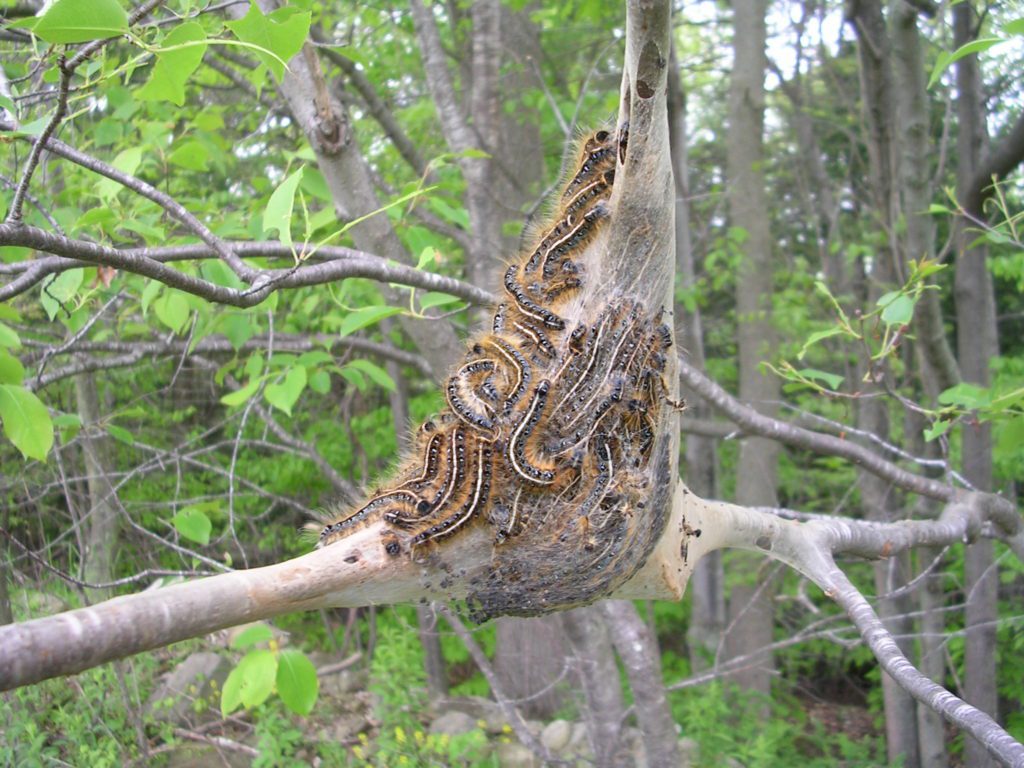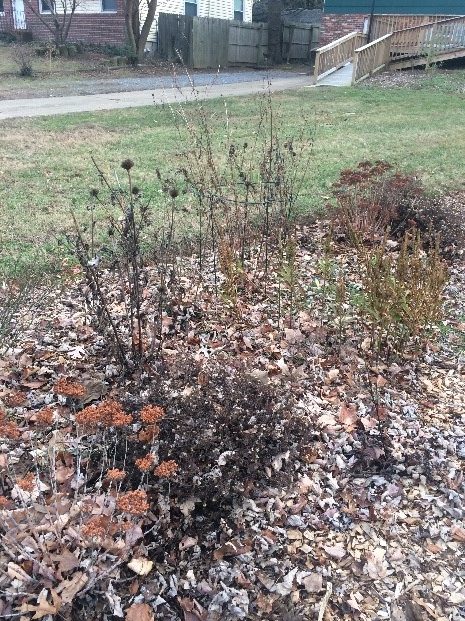
Invasive Plant Species Be Gone!
October 14, 2022
Habitat Hero – October 2022
February 15, 2023By: Stacey Wildberger
Ring-in 2023 right. Make a resolution to help our feathered friends through conservation efforts. Bird feeders are a great way to attract some amazing backyard birds to your yard but to really make a difference, make a resolution for real change. We must strive to add to the ecosystem and expand biodiversity by planting a tree to feed and shelter our bird friends. Trees are also a great way to attract insects that birds need to feed their young. They attract or host a variety of insects, they produce berries and nuts to feed them and create places of shelter.


Yellow-Bellied Sapsucker (female) – American Beech
An American Beech and the mighty White Oak will host more caterpillars than any other tree. Caterpillars are just the food birds need to raise their young. And lots of them – it takes 7,000-9,000 caterpillars to raise one clutch of Chickadees. Warblers, Vireos, Scarlet Tanagers can all be found foraging for insects throughout spring and summer on these magnificent trees. Of course in the fall the Oak will produce acorns that the Blue Jays, White Breasted Nuthatch and Tufted Titmouse will delight in feasting on. The Beech nuts makes a tasty treat for the Yellow-Bellied Sapsucker, while the buds will be snacked on by the Purple Finches. The Oak provides nesting spots in their large canopies and many cavities!


White-Breasted Nuthatch – White Oak
Add a Red Maple if you want to attract Woodpeckers, they prefer the soft bark to drill in looking for insects. Early spring may bring the colorful Evening Grosbeak to snack on the buds. The samaras (seed pods of the Maple) make a tasty snack for the Cardinals.


Red Maple samaras – Hairy Woodpecker
The American Holly becomes a favorite of birds due its ability to provide shelter and food. Those tough leaves shelter the birds from the harsh nights of winter which entices Northern Cardinals and American Robins to nest. The bright red berries entice the Eastern Bluebirds to feast throughout the winter.


Eastern Bluebird – American Holly
Who doesn’t love the Hummingbirds? Want to supply them with nectar without the hassle of sugar water feeders, then plant a Wild Black Cherry. Their small white flowers in the spring will attract them as well as the insects that can be found hanging around. Tent Caterpillars will often set up their nests in the branches of Black Cherry and the Cuckoos and Orioles will sweep in to eat them! Of course the fruit-loving birds will devour the cherries in late summer- Red-Bellied Woodpeckers and Gray Catbirds among them.
The saying goes the best time to plant a tree was 20 years ago but it’s never too late to plant one and start caring for and providing for our feathered friends. This is one resolution that should be easy to make and keep. “Acts of creation are ordinarily reserved for gods and poets. To plant a pine, one need only own a shovel.”— Aldo Leopold
What if you woke up one morning and all the trees in the Cape were gone! What would our community be like? Hotter in summer, colder in winter, bigger electric bills, no birds, no color in the fall, or shady walks. For many of us, it would no longer be a desirable place to live. Cape St. Claire is blessed with an amazing and abundant diverse canopy of beautiful trees. Trees that make our lives better and improve the value of our property. But we often ignore these benefits or just take our trees for granted.
Cape Conservation Corps is launching a new effort to help us all appreciate, learn about , care for, and celebrate our trees. What would you like to know? Also, do you think your oak or maple or cherry is the biggest in the Cape? We are looking for these Cape Champion trees. Or, do you know of a tree that has a special story to tell? We want to hear from you.
Look for more information on trees in the future. If you want to contact us, or share your thoughts, email [email protected].





